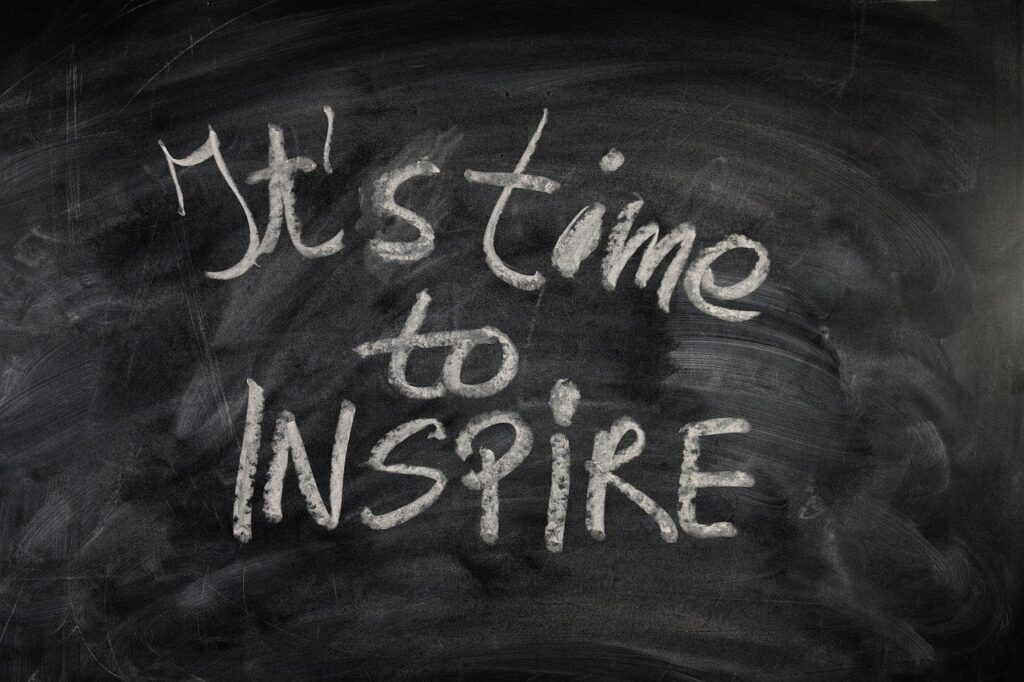
Image by Gerd Altmann from Pixabay
Are you an Influencer?
There have always been influencers. Think about commercials, ads, and anything that gets to you buy things. However, thanks to the internet, the word has a different meaning. Today’s influencers are social media marketers who make gobs of money simply by suggesting products they may or may not have used. Authentic celebrities use their fame to endorse products. Internet influencers use products to create their fame. There’s a big difference.
In the workplace, you are also an influencer. Your influence, however, is passive. That’s because your team is aware of everything you say and do, and it affects the relationships. That makes you an influencer by default and it’s different than being a role model.
Role model vs Influencer
Social norms require us to treat each other with respect and dignity. As role models, we try to demonstrate acceptable behavior in the hope that others will notice and act accordingly. Influence is different because it’s primarily passive. we aren’t necessarily aware that we are doing it. It’s what others notice about us and how it affects them. I’m suggesting that you practice active influence.
My Story
I volunteer for a nonprofit at San Jose State University called Braven. Braven helps underrepresented students develop the skills necessary to obtain career-oriented first jobs after graduation. They may be first-generation graduates, low-income, minority, or marginalized in some other way. When I started in 2015, I didn’t see myself as an influencer. I was simply paying it forward. I was wrong but it took me a while to see it.
Each semester, I make the same request. If an African American woman registers for the class, I want them in my cohort. I consciously want to be a role model so that they can see their future success because they see it in me.
It took a few semesters to realize I am also an influencer. I often use stories about my life. When I do, I naturally talk about my wife and the fact that being human, I struggle with mental illness. It’s not that I’m making big pronouncements, it’s just part of who I am. It’s interesting what starts to happen. When I meet the students individually, I hear their wishes, hopes, and fears. I also hear deeply personal stories about suicide attempts, fears of coming out, and being bullied. That’s when I realized the influence my stories had. They not only create a safe space, but they also allow the kids to open up because they see a part of themselves in me. That’s the power of influence.
Empowering Differences
In 2022, I met Ashley Brundage at the annual NGLCC* conference, and I began to understand my superpower. Ashley is the author of Empowering Differences: Leveraging Your Differences to Impact Change. Her book helps us use our differences to empower others in our desire to level the playing field. It was while reading the chapter on influence that I realized that I was empowering my students. That’s when I started consciously using influence to create change.
How You Do It
The key to creating change is awareness. Your actions matter, no matter how insignificant you think they are. I know because I was hired by a manager who had 30 grievances filed against her. One of the complaints: “She never speaks to us when she comes in in the morning”.
Self-awareness takes courage. Without it, your ability to understand how you think, communicate, and relate to others is limited. This makes it harder to reach your true potential because you don’t see all of your strengths or areas of growth. When I talk about knowing yourself, I’m not talking about a quick online assessment. I’m talking about a lifelong process (and commitment) that helps you see how you relate emotionally to people and situations. Once you do that, you begin to understand how you influence others. At that point, you begin to show up in a way that creates positive change in others. As the great poet, Maya Angelou is noted for saying: When people show you who you are, believe them.
*National Gay & Lesbian Chamber of Commerce